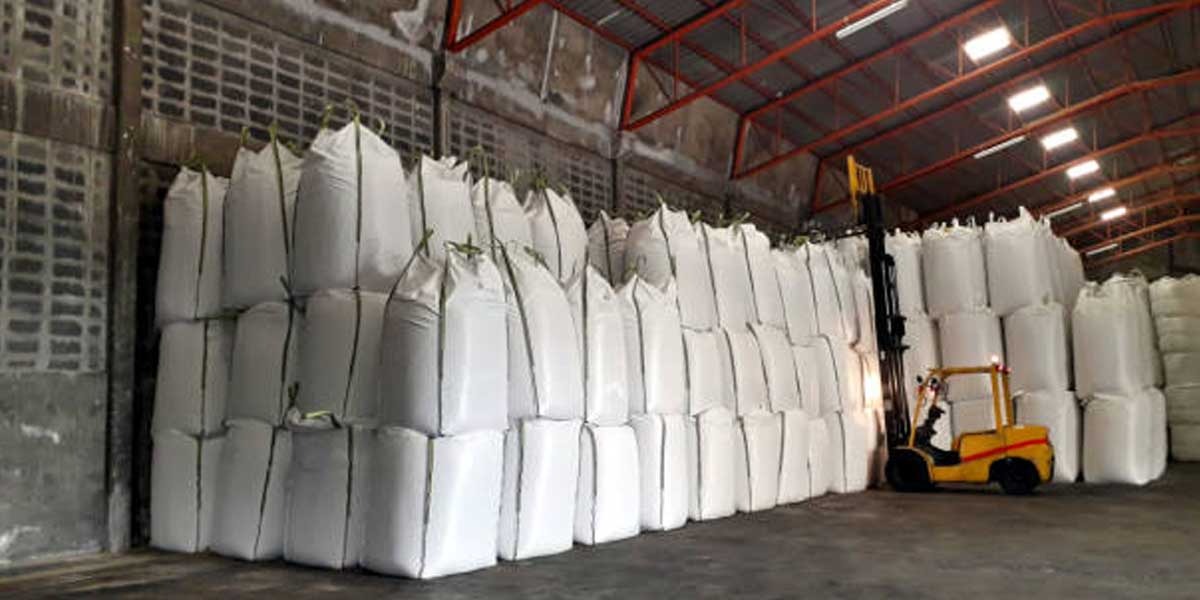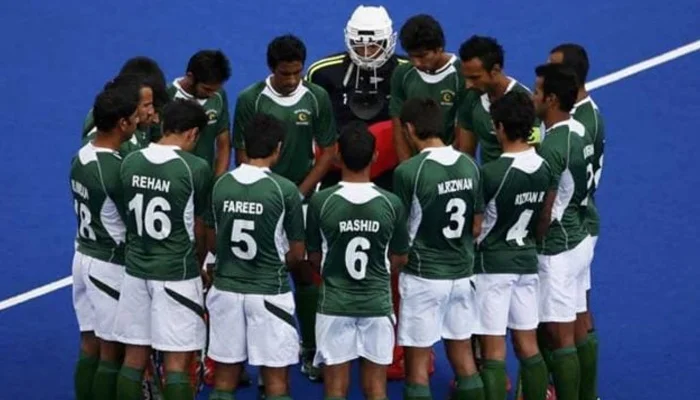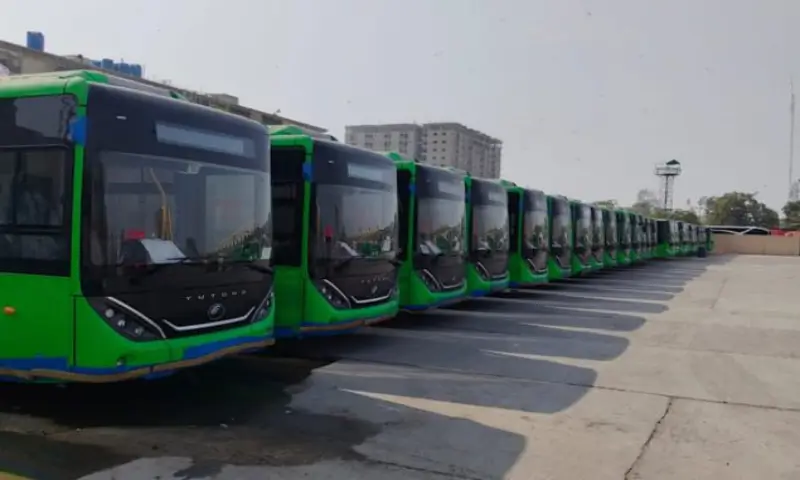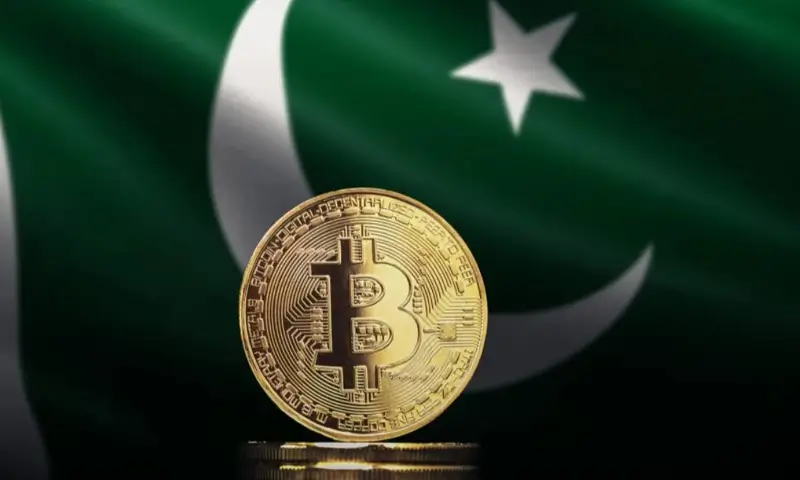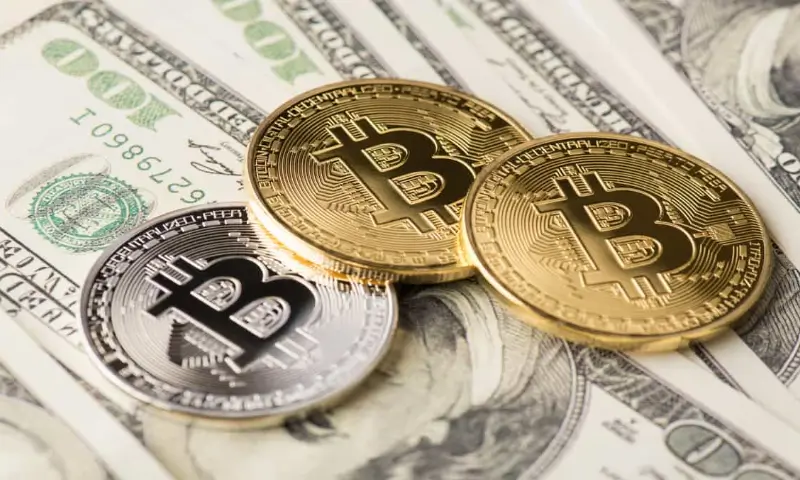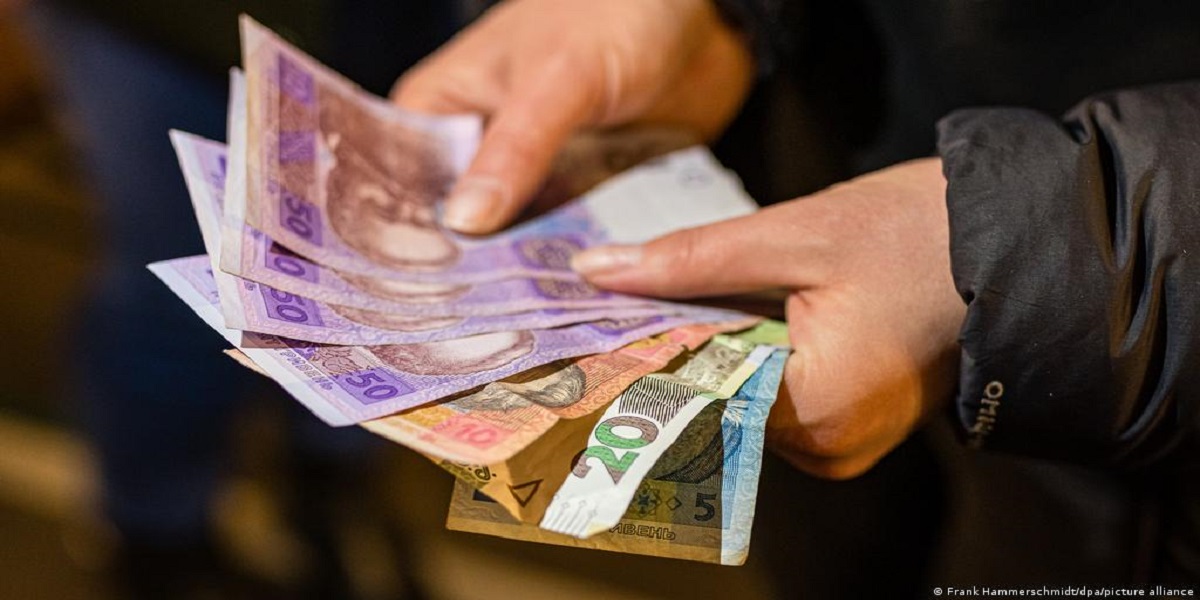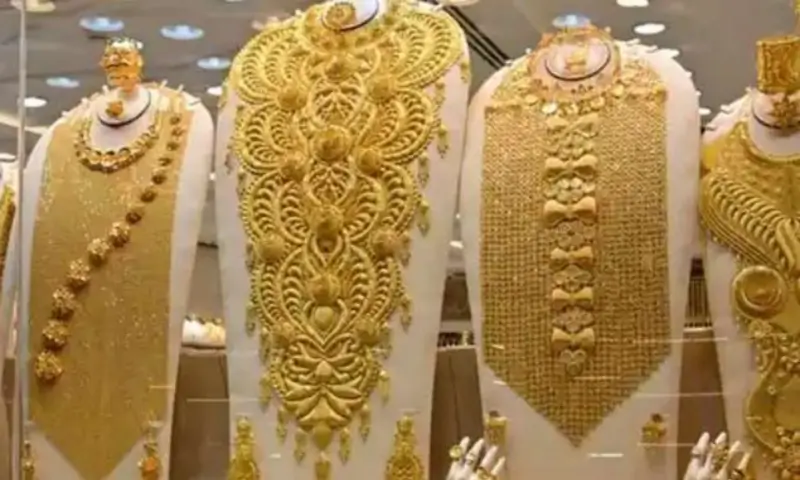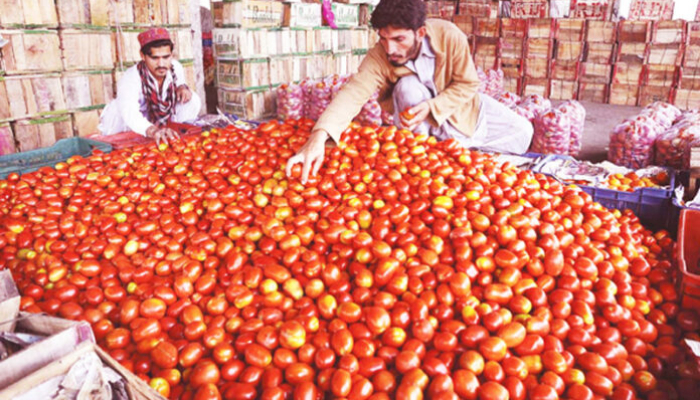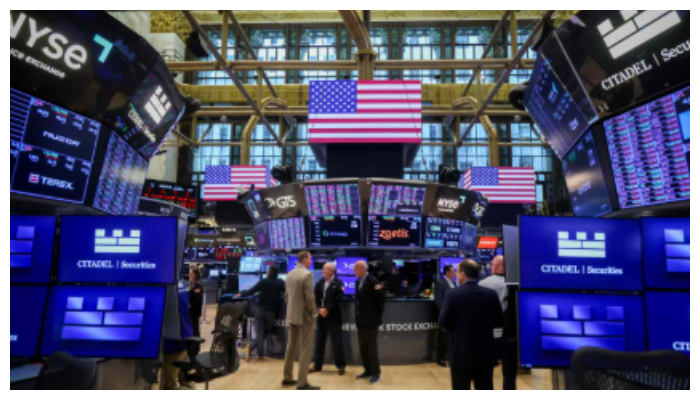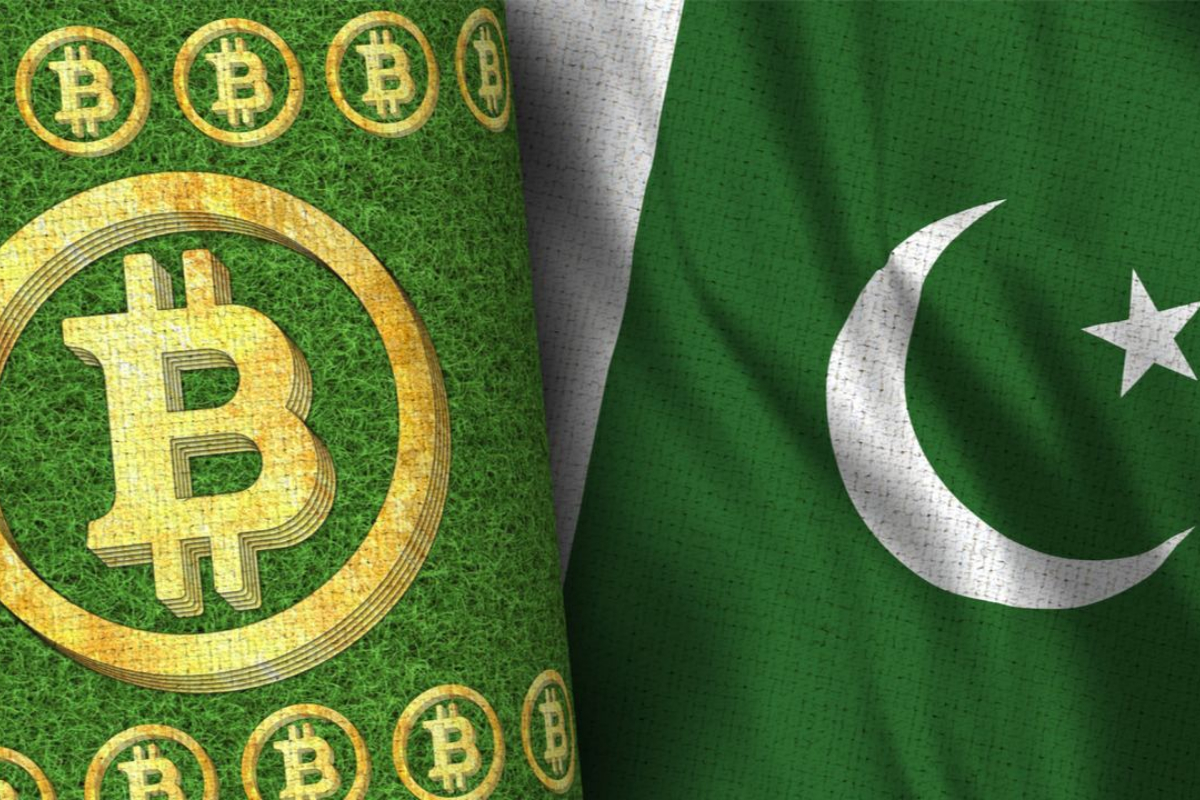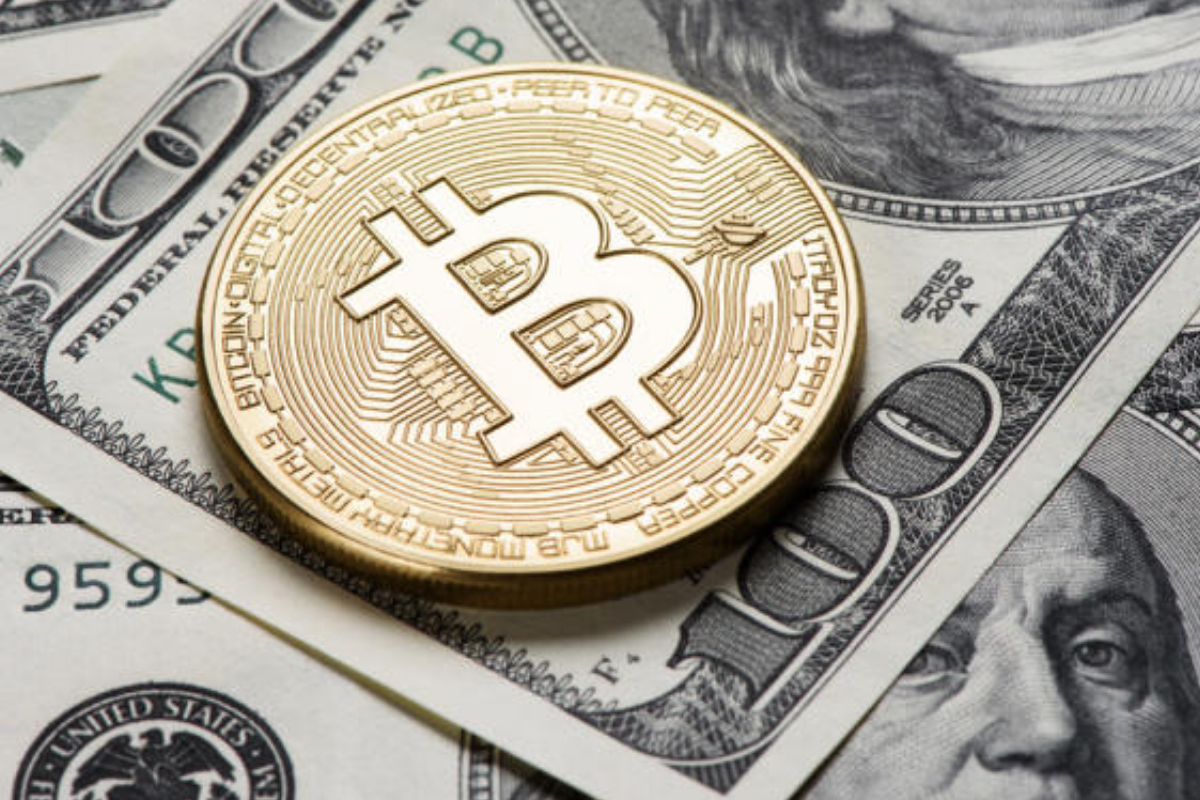ISLAMABAD : The retail prices of urea fertiliser witnessed a massive surge during the last three-and-a-half years, mainly because of the withdrawal of subsidy.
As per the government’s data, the 50kg bag of the fertiliser, which was being sold at Rs1,405 in April 2017.18, reached Rs2,047 in April 2021/22.
The price of a urea bag was being sold at Rs1,530 on June 30, 2018, which reached Rs2,069 on April 28, 2022, registering an increase of 33 per cent.
The average price of a 50kg urea bag in retail was Rs1,386 in 2017/18, which swelled to Rs1,745 in 2018/19 and Rs1,850 during 2019/20. The average price of urea fertiliser was recorded at Rs1,695 during 2020/21.
The price of urea is surging in 2021/22, as it was recorded at Rs1,735 in July, Rs1,760 in August, Rs1,792 in September, Rs1,827 in October, Rs2,016 in November and so forth.
The urea and di-ammonium phosphate (DAP) are two major fertilisers, accounting for 85 per cent of the total fertiliser use.
The price of a DAP bag, which was recorded at Rs3,248 in June 2018 rose to Rs9,528 in April 2022; registering a surge of 193 per cent.
Revelations into this account were made during the ongoing session of the National Assembly in response to a question of MNA Raza Rabbani.
The lawmaker had inquired from the Ministry of Industries and Production about the average price of agriculture inputs from June 2018 to-date.
The ministry maintained that the prices of urea fertiliser during the last three-and-a-half years have gone up due to withdrawal of subsidy given to the fertiliser manufacturers in 2016/18 under the head of Kissan Package.
Approximately 70 per cent of DAP fertiliser is imported from abroad and due to an increase in its international prices, the importers raised the domestic rates.
According to the ministry, the closure of liquefied natural gas (LNG)-based urea plants resulted in a shortage of urea and an increase in its price in the domestic market.
To control the negative consequence of the large-scale increase in DAP price, the government had announced a subsidy of Rs1,000/bag.
Meanwhile, the government termed the increase in urea price unjustified. It believes that the high DAP prices compelled the farmers to use more urea, which resulted in increased demand. This along with high urea prices in the international market prompted the fertiliser companies to earn undue profits.
According to the ministry statistics, around 100,000 tonnes of urea was imported during Rabi 2021/22, which will be provided to the farmers at the subsidised rate of Rs2,018/bag.
Moreover, the Economic Coordination Committee (ECC) of the Cabinet has allowed operation of two LNG-based plants, Agritech and Fatimafert during the Kharif season for smooth supply and to prevent the urea shortage.
These plants will utilise LNG at subsidised rates of Rs839/MMBTU for urea production and the difference (Rs2,585 to Rs839/MMBTU) will be borne by the government through provision of subsidy.
The natural gas used for the urea production is highly subsidised, which is Rs302/MMBTU, compared with the fuel gas, which is Rs1,023/MMBTU. The subsidy on the urea, in this regard, is around Rs865/bag.
Meanwhile, the general sales tax (GST) on all types of fertiliser is just 2 per cent since July 2018 instead of 17 per cent.
During January this year, the issue of higher prices of urea and its shortage came under discussion in the National Assembly and the lawmakers belonging to the then opposition benches had pointed out that the farmers were not getting urea as per their demand on the fixed government rate.
They were of the view that due to these factors the farmers were staging protests. Owing to the urea shortage, the farmers were being forced to buy it from the black market at much higher prices.
Meanwhile, three million tonnes of wheat is being imported this year. Moreover, the private sector is also importing pulses, including gram, lentils, mash and moong, edible oil and tomatoes as per the market demand.

